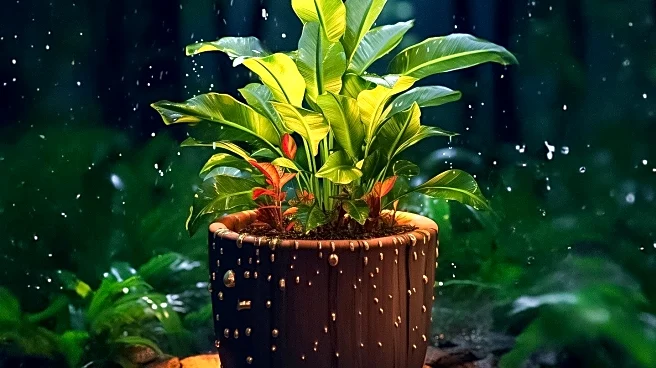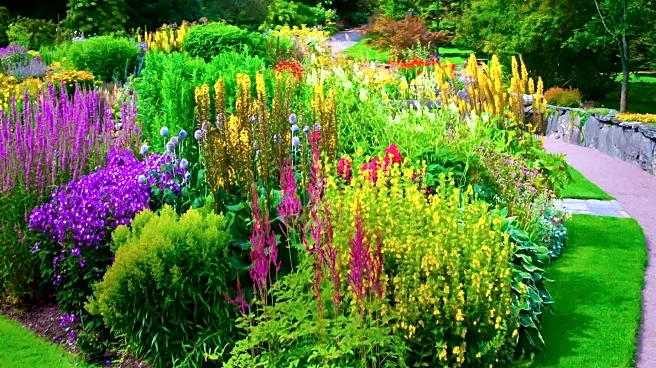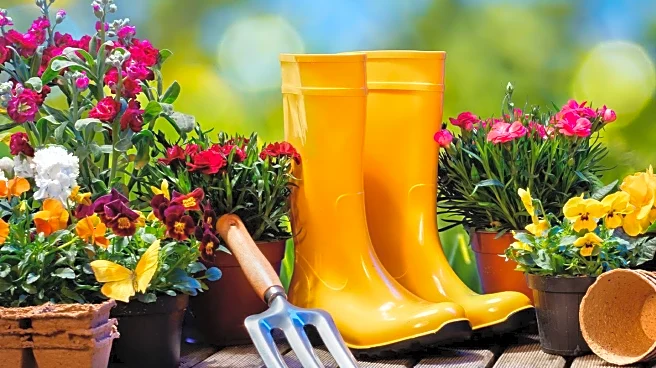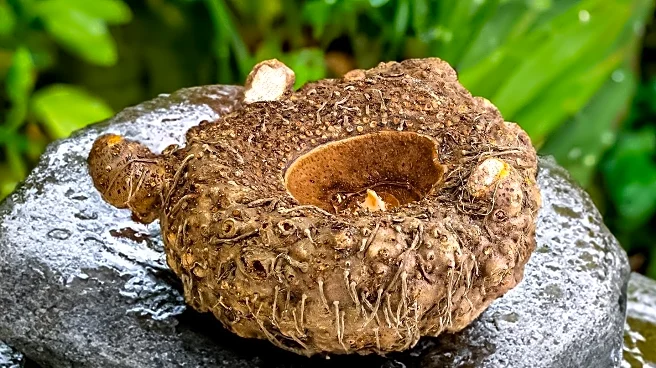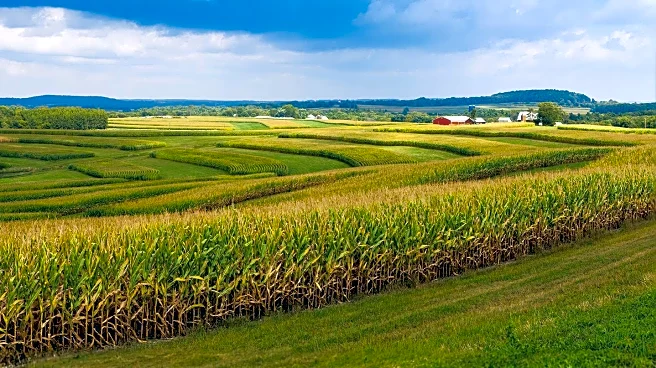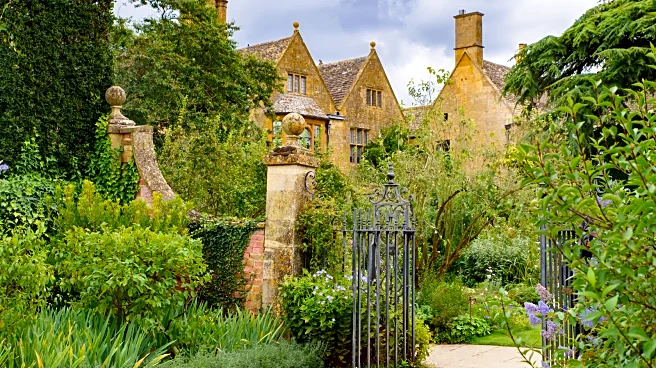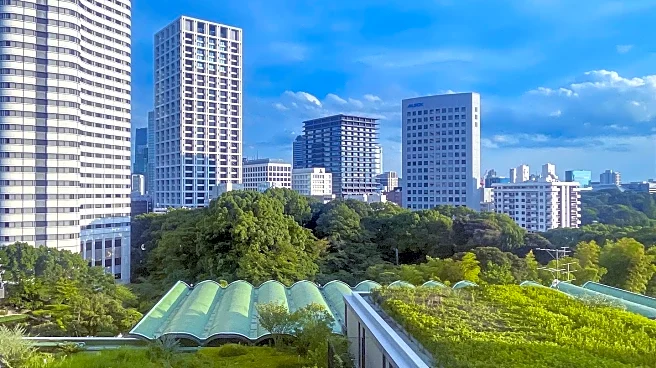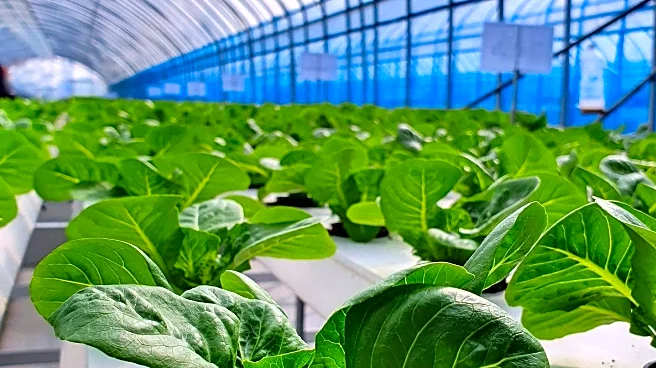Rapid Read • 9 min read
Asters, commonly known as Michaelmas daisies, are gaining renewed interest among gardening enthusiasts. These shrubby daisies, which bloom in late September, are being reconsidered for their ability to fill garden gaps during autumn. Despite their reputation for being fussy and overly lilac, asters are easy to grow and can thrive in both part shade and full sun, provided they are not exposed to drought or overly wet conditions. The article highlights the potential of asters to enhance gardens with their vibrant colors and adaptability, especially in spaces that lack ornamental plants. The author reflects on personal experiences with asters, noting a change in perspective after moving to a new home with a blank garden slate. The article suggests various aster varieties, such as 'Violetta' and A. pyrenaeus 'Lutetia', which offer diverse color options and can extend the flowering season into autumn.
AD
The reconsideration of asters in gardening practices underscores a broader trend towards embracing plants that offer seasonal diversity and resilience. Asters can provide aesthetic value and ecological benefits by supporting pollinators during the late blooming season. This shift in gardening preferences may influence horticultural practices, encouraging gardeners to explore plant varieties that thrive in different conditions and extend garden interest beyond the typical growing season. As gardeners seek cost-effective and sustainable solutions, asters present an opportunity to enhance garden landscapes without significant financial investment. This trend could lead to increased demand for asters and similar plants, impacting nursery sales and garden design strategies.
Gardeners may begin incorporating asters into their planting plans for upcoming seasons, potentially leading to a rise in their popularity. As awareness grows, horticulturalists and garden centers might expand their offerings of aster varieties to meet consumer interest. Additionally, gardening publications and experts may provide more guidance on integrating asters into garden designs, emphasizing their role in creating visually appealing and ecologically beneficial landscapes. This could also spark discussions on the importance of diversifying plant selections to adapt to changing climate conditions and extend garden vitality throughout the year.
The renewed interest in asters highlights a cultural shift towards appreciating the subtleties of garden aesthetics and the importance of seasonal transitions. This change reflects a broader movement in gardening that values adaptability and ecological harmony. By embracing plants like asters, gardeners contribute to biodiversity and support ecosystems, fostering a deeper connection with nature. This trend may also inspire educational initiatives focused on sustainable gardening practices and the role of native and adaptable plants in maintaining healthy environments.
AD
More Stories You Might Enjoy


